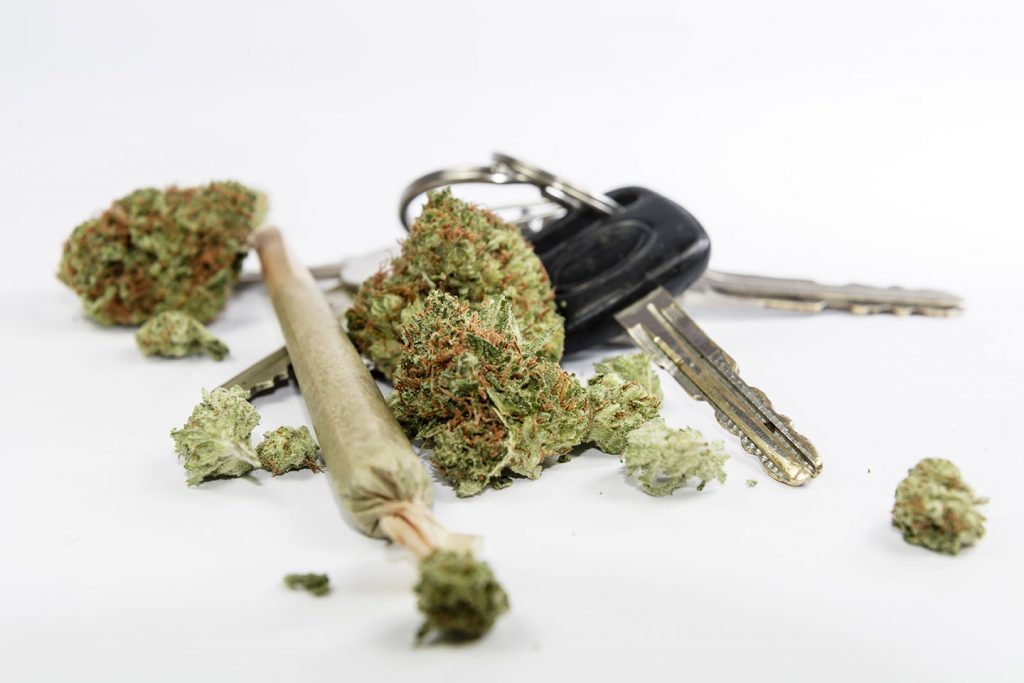
Since the early nineties, pot smokers everywhere have celebrated their beloved cannabinoid substance every year on the 20th of April. Four-Twenty marks a holiday for some, but according to a study published on the JAMA Network, it may be the source of an increase in fatal car accidents. Researchers collected fatal crash data for 4/20 and for days surrounding 4/20, going all the way back to 1992 when the holiday was thrust into the mainstream by High Times magazine. After comparing the data sets, the paper’s authors found that 142 more crashes happened on 4/20 than on the other days – meaning there is a 12 percent higher chance of a deadly accident occurring on 4/20. The risk increases to 38 percent, when the driver is under the age of 21.
The Study
Many people might be familiar with similar studies that have been carried out in regards to the Fourth of July, which has been linked to increased incidents of alcohol-related car accidents. The 4/20 study, though similar, dealt with a unique set of problems. Researchers were unable to determine whether the accidents in question were in fact the result of marijuana toking. The National Institute on Drug Abuse has said that, although marijuana can diminish a person’s driving ability, it is difficult to pinpoint when marijuana is the culprit. This is partially due to the fact that marijuana is often ingested in combination with alcohol. Nonetheless, the researchers asserted that at least a portion of the accidents were probably related to cannabis.
Timing Is Everything
The study emerges at a pivotal moment, as 29 states have introduced medical marijuana statutes, and nine states have legalized the substance for recreational purposes. “It’s a really relevant question to be thinking about now since legalization seems to be progressing across the United States and in Canada,” said Dr. John Staples, the lead author on the paper.
The Question of Medical Marijuana
Even though the federal government still deems pot a Schedule I Controlled Substance – which means it has “no currently accepted medical use” – marijuana’s medicinal potential remains an area of dispute. The National Academy of Sciences, which released a review of the extant literature on the “health effects of the therapeutic use of cannabis,” found ample evidence to support claims about the efficacy of marijuana for treating chronic pain and a number of other conditions. In the end, however, the scientific review observed a dearth of research regarding the harms and benefits of cannabis use, noting that a number of hurdles stand in the way of further evaluation. As stated in the press release: “[R]egulatory barriers, including the classification of cannabis as a Schedule I substance, impede the advancement of research.”
Complications
The recent JAMA Network paper may be added to the annals of cannabis-related research. Referring to the data in his study, Dr. Staples said, “The simplest interpretation of our findings is that more drivers are impaired by cannabis on 4/20 and these drivers contribute to fatal crashes.” He continued, “But the underlying explanation may be more complicated.”
As mentioned, studies are complicated by the fact that many people consume alcohol and other drugs in combination with marijuana. What’s more, even when drivers stick to cannabis, it’s very difficult for police officers to accurately determine whether someone is impaired. Pinpointing traces of THC isn’t enough because THC can be found in a sober person’s system. In this regard, Staples is in agreement with the National Academy of Sciences: “More research into cannabis intoxication, driving performance, and crash risk will help researchers and policymakers develop better impairment standards,” he said.
Despite the potential complications, Staples was adamant in his position. “No matter where people live, I’d like them to know that impairment with drugs and alcohol increases the risk of crash,” he said, continuing, “Keep yourself and everyone else safe: Don’t drive high.”















